I remember “Russian olive” and “autumn olive” being used interchangeably when I was a kid, planting these exotic shrubs in our yard after purchasing them from the Department of Environmental Conservation in New York. Back in the 1970s the DEC had a program with the goal of getting the public to plant shrubs that provided food for birds. Another species we planted was the “high-bush cranberry” (Viburnum opulus var. americanum). The “olives” are not in fact related to the trees that produce actual olives and the “cranberry” is not related to the creeping woody plant that produces actual cranberries, and both species are now judged to be invasive.
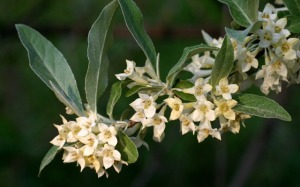
As it turns out the Russian olive is Elaeagnus angustifolia and the autumn olive is Elaeagnus umbellata, two different species in the same genus, both of them from Asia. As its name suggests the Russian olive has the narrower leaves and its blossoms are a yellowish color, while the autumn olive has more ovate leaves and cream colored to white flowers.
The flowers of both species are extremely aromatic. This time o] f the year if you are downwind, you are likely to smell the shrub before you see it. It is a heavy, sweet odor that reminds me of inexpensive perfume. The petals are joined into a tube with the distal ends free and flaring outward. They hang in clusters from the ends of the branches and bloom for several weeks, starting in May and continuing into June here on Martha’s Vineyard, where they are abundant.

Both E. angustifolia and E. umbellata leaves have a silvery sheen to them because of tiny scales on the surfaces. In addition to the difference in the shape of the leaves and the color of the blossoms, the scales fall off the tops of E. umbellata leaves through the growing season while the E. angustifolia leaves remain shiny.
The shrubs I have seen on Martha’s Vineyard have creamy colored flowers and are likely autumn olive. I grows in the usual places that you expect to see “volunteer” species, along roadsides, under fence lines, and in the margins of yards. Because the plant was widely distributed to be bird food, birds that ingest the fruit poop out the seeds anywhere they sit, which is often at the edges of places. I have not seen monocultural groves of the species here, which can apparently happen where it really thrives.
Native to China, Japan, and Korea, E. umbellata was introduced to the U.S. in 1830 as an ornamental, and after the 1950s was promoted for erosion control and wildlife habitat in disturbed areas.Herbivores are not known to browse on it. With the help of nitrogen-fixing nodules on its roots, it can grow in soils that are unfavorable to other species. It is also drought tolerant. Once it takes hold, it can create dense thickets that prevent other plants from germinating.
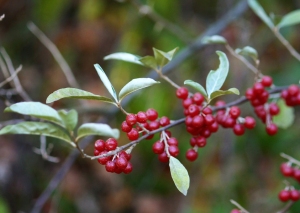
A single shrub can produce 200,000 seeds. In order to get rid of a specimen, it is best to do it before it sets fruit, because the act of removing the plant can disperse the seed. It is a weedy species and will grow back more thickly after it is cut down, so it is best to remove it entirely.
Somewhat ironically, the bright red berries are growing in popularity among the forager community. They are rich in vitamins A, C, and E, and in flavonoids and lycopene. It has even been rebranded as “autumnberry” in this context. Foragers boil the berries to make jam, which kills the seeds. This, they say, kills the seeds and is a better way to prevent their spread than using herbicides. The berries of the Russian olives are yellow when young and turn red when mature, but although sweet, they are drier and mealier than autumn olive berries.

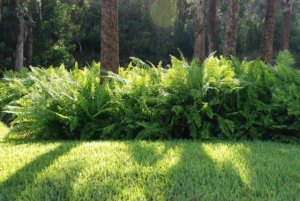
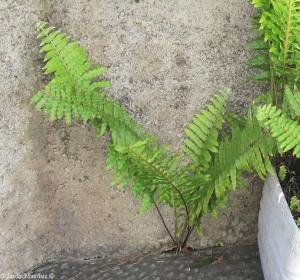
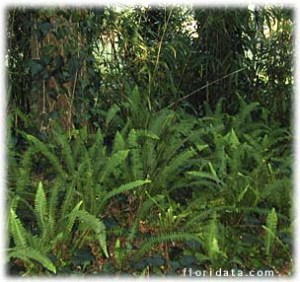
 Eelgrass beds on the east coast of the United States have
Eelgrass beds on the east coast of the United States have 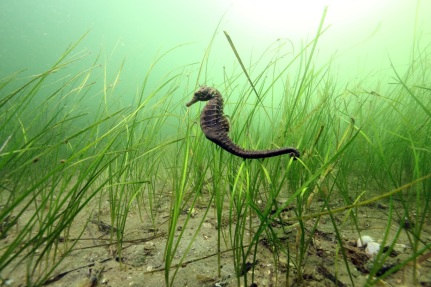
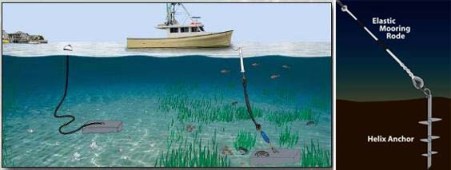
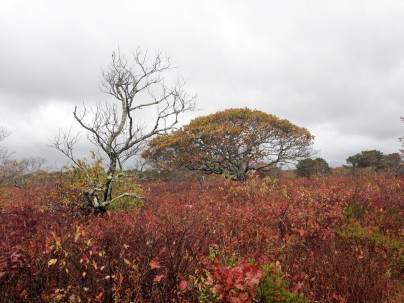

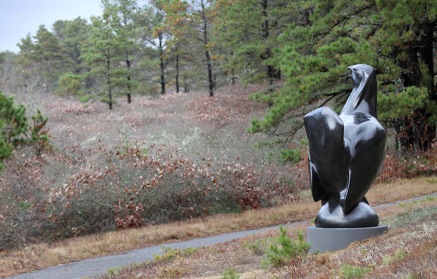
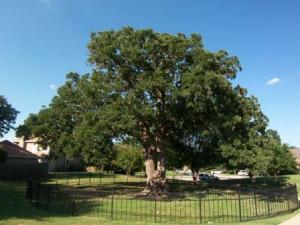
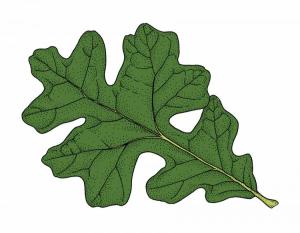



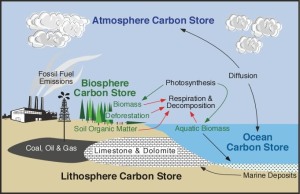












You must be logged in to post a comment.